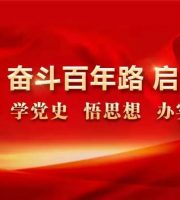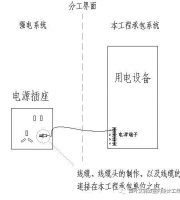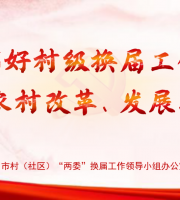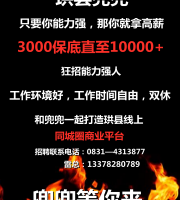Pan buckle scaffolding originated in Europe and has a history of 40 years to this day. In 1991, the China Template Scaffolding Association organized a delegation to Germany, Finland and other countries for inspection, and visited product exhibition rooms and production factories for button type scaffolding. This was the first contact between China and button type scaffolding. In the following years, domestic enterprises in Shanghai, Beijing, Jiangsu and other regions, based on the introduction of foreign technology, developed various types of buckle type scaffolding suitable for the domestic construction engineering practice system through introduction, innovation, integration and absorption. However, due to high prices, several representative companies in the early stage of discounting, such as Taiwan Solid, China Construction Huawei, and Shougu Template, withdrew from the industry for various reasons..

In 2005, Wuxi Sujie Mold Technology Co., Ltd. and Professor Guo Zhengxing’s team from Southeast University reached an official intention to cooperate in industry, academia, and research. They conducted experimental research on the disc-shaped steel pipe scaffold product and formulated enterprise standards, and applied the product for the first time in the construction support industry that year. In 2010, the Ministry of Housing and Urban Rural Development approved the industry standard JGJ 231 for Safety Technical Regulations for Construction Socket and Panbuckle Steel Pipe Supports. In 2016, the industry standard JG/T503 for Socket and Panbuckle Steel Pipe Support Components was approved..

As a result, there are corresponding product inspection standards for the production and application of components in the construction site of the buckle type steel pipe scaffold, making it another mainstream new type of steel pipe scaffold in China, following the buckle type steel pipe scaffold, door type steel pipe scaffold, and bowl buckle type steel pipe scaffold..
The upright pole of the buckle scaffold is a circular plate with 8 holes welded every 0.5m on a certain length of steel pipe. The crossbar is a plug with pins welded on both ends of the steel pipe. During assembly, the plug is first clamped onto the circular plate, and then the wedge plate is inserted into the plug hole. Compared to traditional scaffolding, the advantages of this scaffolding can be summarized as follows:.
(1) Advanced technology. The circular connection method and reasonable node design ensure that all members transmit force through the center of the node..
(2) Material upgrade. The main material is low alloy structural steel (national standard Q355b), which has high strength..
(3) Anti corrosion process. The main components are all treated with internal and external hot-dip galvanizing anti-corrosion technology, which is atmospheric and beautiful, and enhances the image..
(4) Strong load-bearing capacity. The supporting capacity is relatively large, and the supporting span is larger, providing ample construction space for on-site operations..
(5) Fast and economical. Low dosage, light weight, and fast operation. Save on dismantling costs, transportation costs, rental fees, etc..
At present, the total market volume of various types of steel pipe scaffolding in China is over 100 million tons. Among them, the proportion of buckle type scaffolding is about 25%, second only to the proportion of buckle type scaffolding at 55%, and showing a trend of increasing year by year. As of February 2024, the national inventory of interlocking scaffolding is 28.7 million tons. The total production capacity of national buckle production enterprises is 17.5 million tons, with a production volume of about 4.7 million tons, accounting for only 27% of the total production capacity, and there is a serious overcapacity. There are over 1500 enterprises engaged in industry production, leasing, and upstream and downstream accessory manufacturing. The revenue from production, sales, leasing and contracting is 44 billion yuan. In terms of the demand for buckle type scaffolding, the market has reached saturation due to the limited number of construction projects. At present, the rental price including tax for most enterprises has dropped to 2.5-3 yuan/ton.




